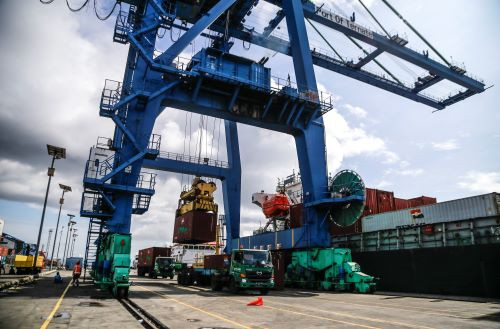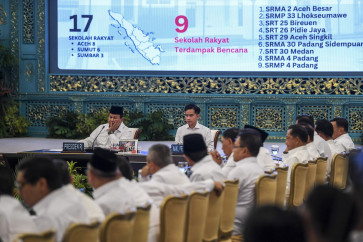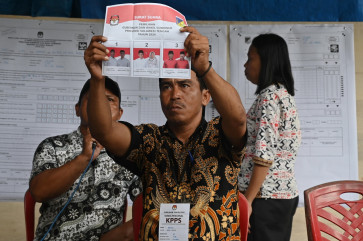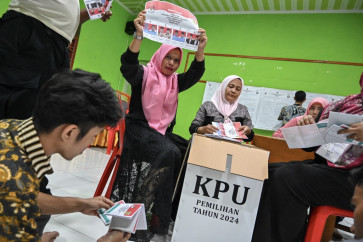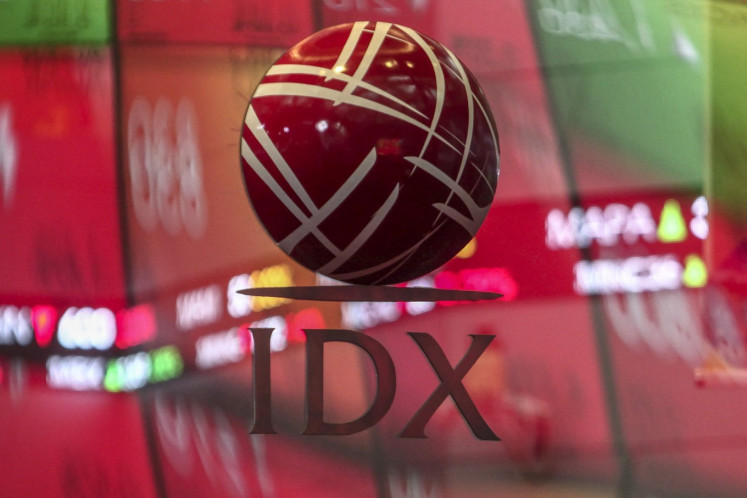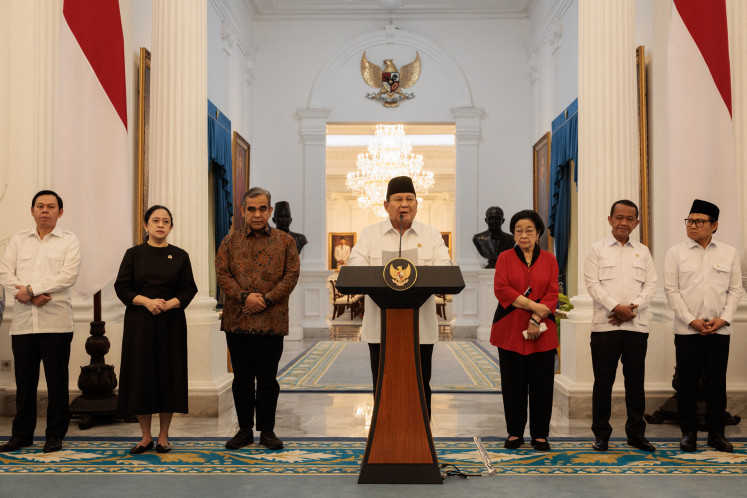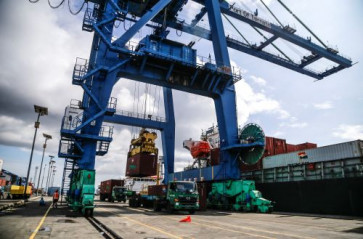Popular Reads
Top Results
Can't find what you're looking for?
View all search resultsPopular Reads
Top Results
Can't find what you're looking for?
View all search resultsFree trade deals increase Indonesian imports more than exports
Despite a growing number of trade agreements, the contribution of Indonesia’s exports and imports to its overall economic output has declined.
Change text size
Gift Premium Articles
to Anyone
T
he world has witnessed remarkable economic development over the past few decades. The most salient feature of this development has been the increasing integration of economies, particularly through the expansion of cross-border trade. Between the mid-20th century and 2020, the volume of global trade grew 41 times, while its value surged nearly 300 times.
The rapid expansion of international trade has been propelled by substantial tariff reductions, facilitated by multilateral trade institutions like the World Trade Organization and regional trade agreements. As of August 2024, there were 369 active trade agreements worldwide, a dramatic rise from just 22 in 1990. Average Most Favored Nation (MFN) tariffs fell from 20 percent in 1990 to 8.9 percent by 2021, with applied tariffs decreasing from 14.07 to 4.46 percent.
Nearly all nations, including Indonesia, have pursued similar paths of trade liberalization. Indonesia’s commitment to this process is evident in its active participation in multilateral frameworks and the establishment of free trade agreements (FTAs). To date, Indonesia has signed 33 trade agreements, with 22 already implemented. These agreements cover more than two-thirds of Indonesia's total trade with its partners.
However, despite the growing number of trade agreements, the contribution of Indonesia’s exports and imports to its overall economic output has declined. The Indonesian economy has increasingly relied on domestic growth drivers, with the ratio of international trade to gross domestic product averaging just 34 percent over the past decade, the lowest among ASEAN countries. This ratio has trended downward over the past three decades, suggesting that trade liberalization has not fully unlocked global market opportunities to bolster domestic production. Even though Indonesia’s exports grew approximately tenfold between 1990 and 2023, it was still lower than the export growth of low- and middle-income countries, which exceeded 16 times during the same period.
Moreover, trade agreements have struggled to enhance Indonesia’s exports and integrate its domestic production systems into global value chains. Over the last three decades, Indonesia's share of global exports has stagnated, rising only slightly from 0.92 percent during 1994–2003 to 0.97 percent in 2014–2023. Conversely, its share of global imports has increased from 0.67 percent to 0.88 percent over the same period. This figure suggests that trade agreements have inadvertently accelerated import growth more than exports.
Several factors help explain why Indonesia’s trade agreements have been less effective in driving international trade. These include policy ambivalence, underutilization of trade agreement benefits and structural challenges like deindustrialization, all of which have hindered the efficacy of trade agreements in boosting Indonesia's international trade.
Despite the growing number of FTAs, non-tariff measures (NTMs) have surged. By 2022, over 880,000 products were subject to NTMs, a stark increase from 250,000 in 2012 and just 10,000 in 2002. This proliferation reflects policy ambivalence that undermines the potential of trade agreements to promote Indonesia’s international trade.

